Peter Trevelyan - Survey #4
Peter Trevelyan - Survey #4
Related reading: Peter Trevelyan - Survey #4, Above Ground
Commentary
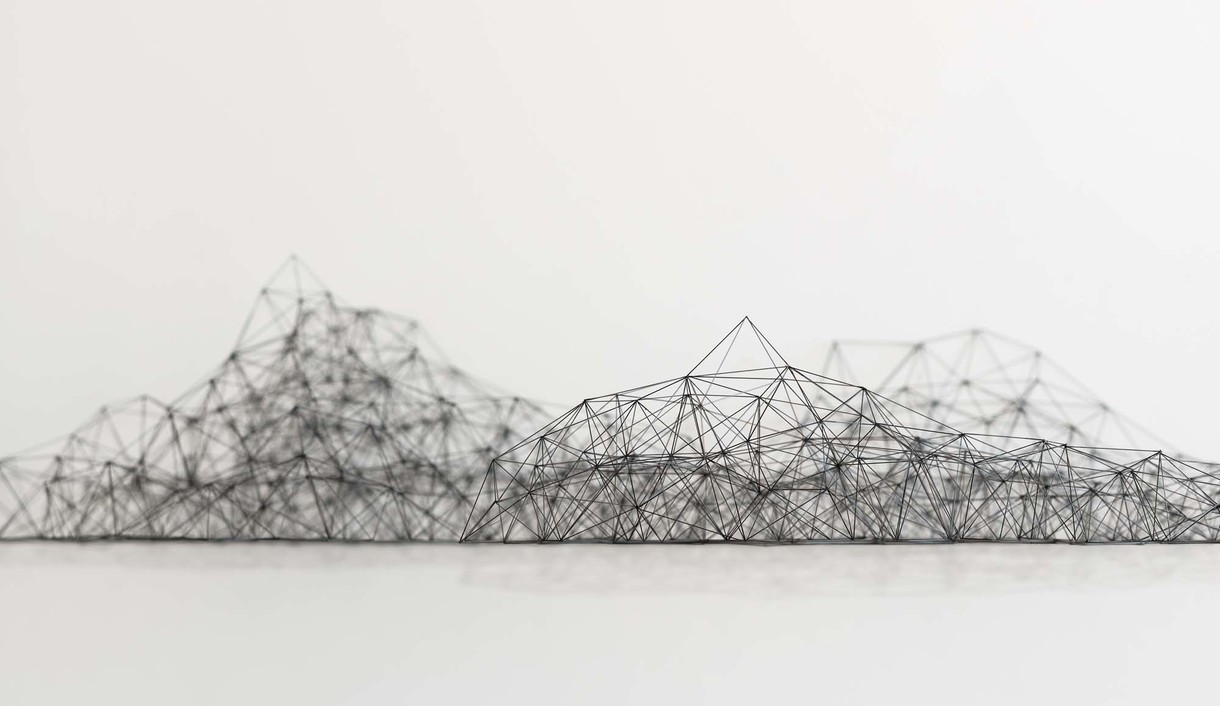
Above Ground
I go into the Gallery. Haven’t been there in a while. Building closed. It was open to begin with. Civil Defence HQ in the weeks following the shock that laid the city low and who knew glass could be so strong, so resilient? Then the Gallery closed. It was cordoned off, behind wire netting. Something was going on in there. Someone said something had cracked in the basement. Someone said they needed to insert a layer of bouncy forgiving rubber beneath glass and concrete, ready for any future slapdown.
Notes

Yertle the Turtle by Glen Hayward
This article first appeared in The Press as 'An Ode to Yertle the Turtle' on 13 May 2015.
Notes
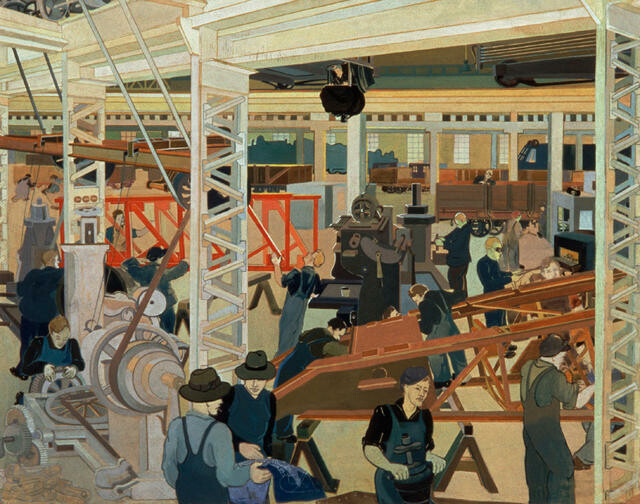
Louise Henderson, Addington Workshops
For many years, the piercing whistle of the railway workshops off Blenheim Road was Addington's alarm clock.
Notes
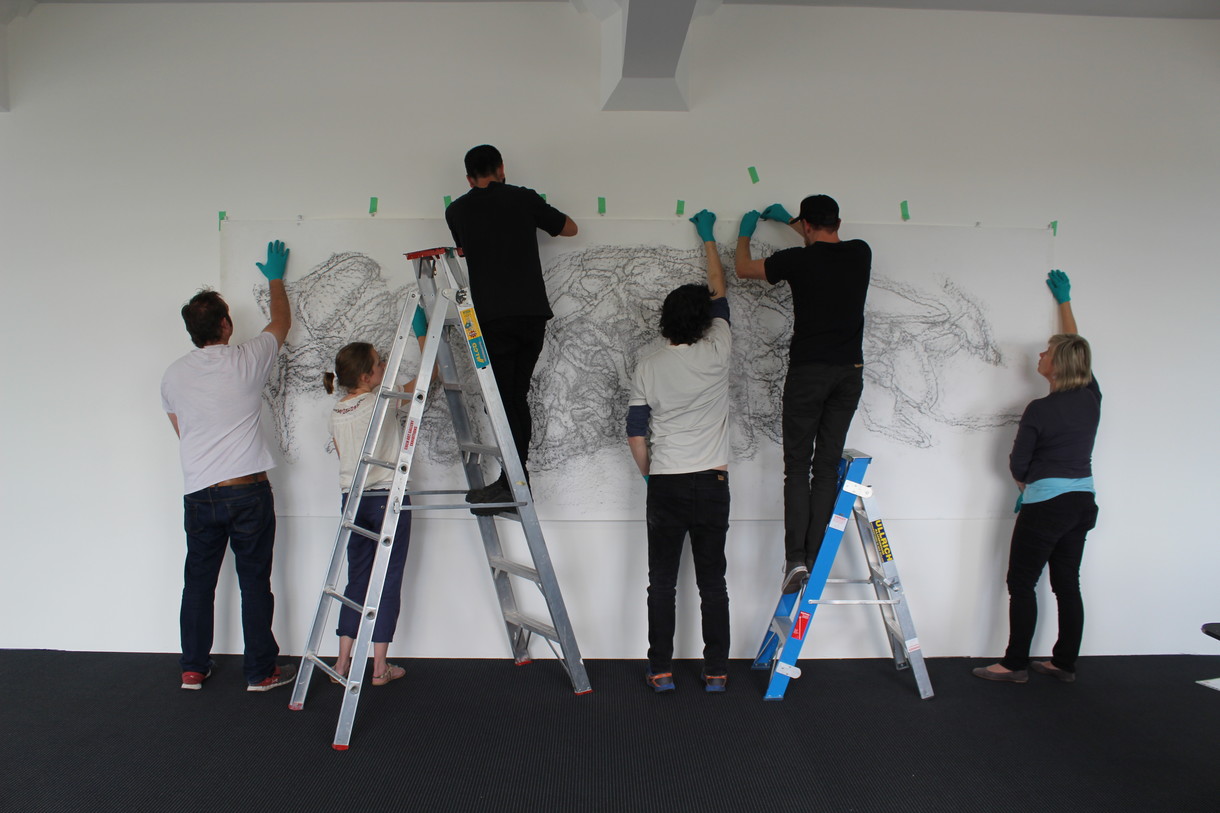
New exhibition: Shifting Lines
Here's a little from behind the scenes. Shifting Lines opens tomorrow, 9 November, and runs until 19 January 2014. It's a show about drawing as an idea, which is permitted here to take very different forms. It includes work by six artists – Andrew Beck, Peter Trevelyan, Katie Thomas, Pip Culbert, Gabriella Mangano and Silvana Mangano – all of whom use line to investigate space and structure in unexpected ways.
Notes
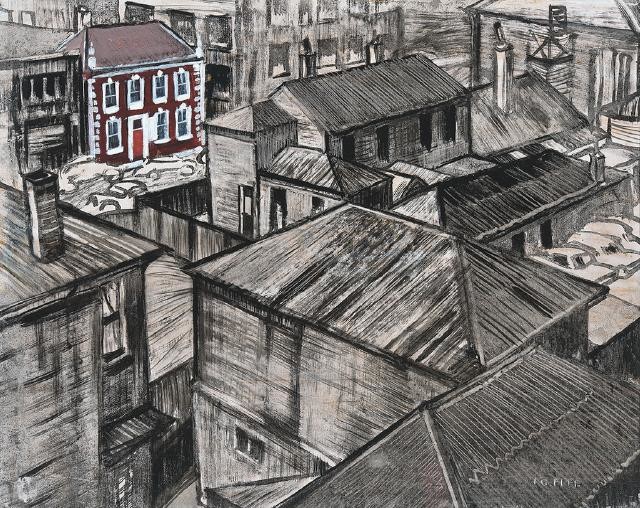
Rooftops, backyards, urban scapes
As a supplement to the article in today's Press GO section, highlighting the recent purchase of Ivy Fife's Untitled (Towards Worcester Street from St. Elmo Courts), here's a modest selection of paintings of rooftops, backyards and urban scapes from the collection...
Notes
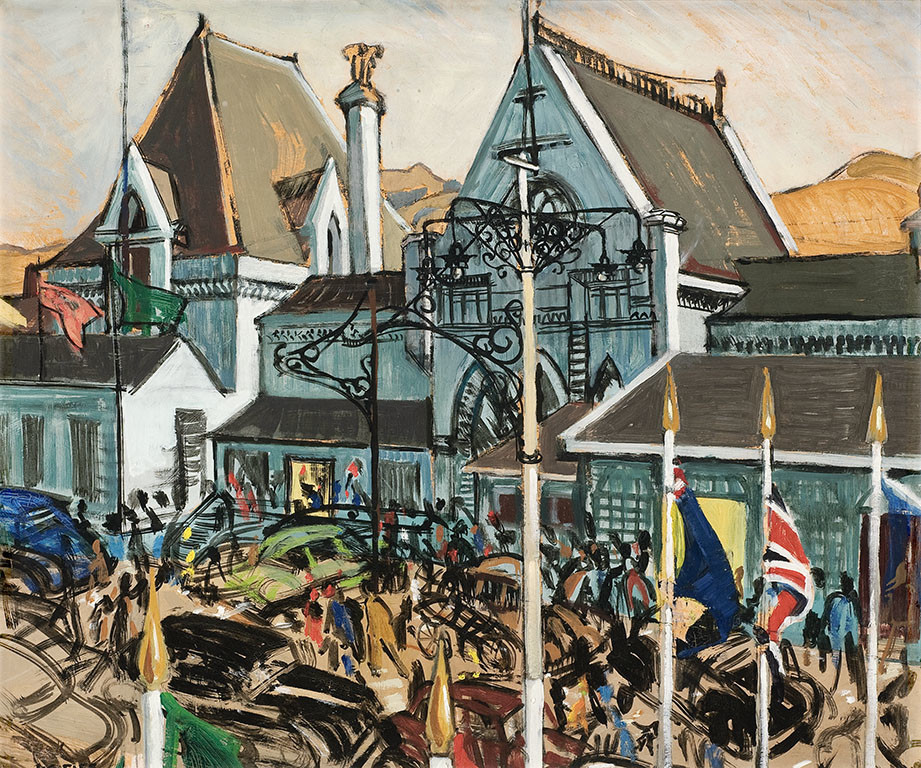
The Queen's visit by Ivy Fife
This article first appeared as 'Hello and goodbye' in The Press on 5 October 2012.
Notes
Factory at Widnes by L.S. Lowry
This article first appeared in The Press on 13 October 2004
Laurence Stephen Lowry painted Factory at Widnes in 1956, at which time he was Britain's most famous living painter. Lowry's fame increased in that year as he became the subject of a BBC television documentary, though his work had already been popular in British homes and schools as reproductions since the end of the war. If appreciation for his individualistic painting style was widespread, there was also fascination with L.S. Lowry the artist, who had projected in the press the image of a lonely recluse.
Commentary
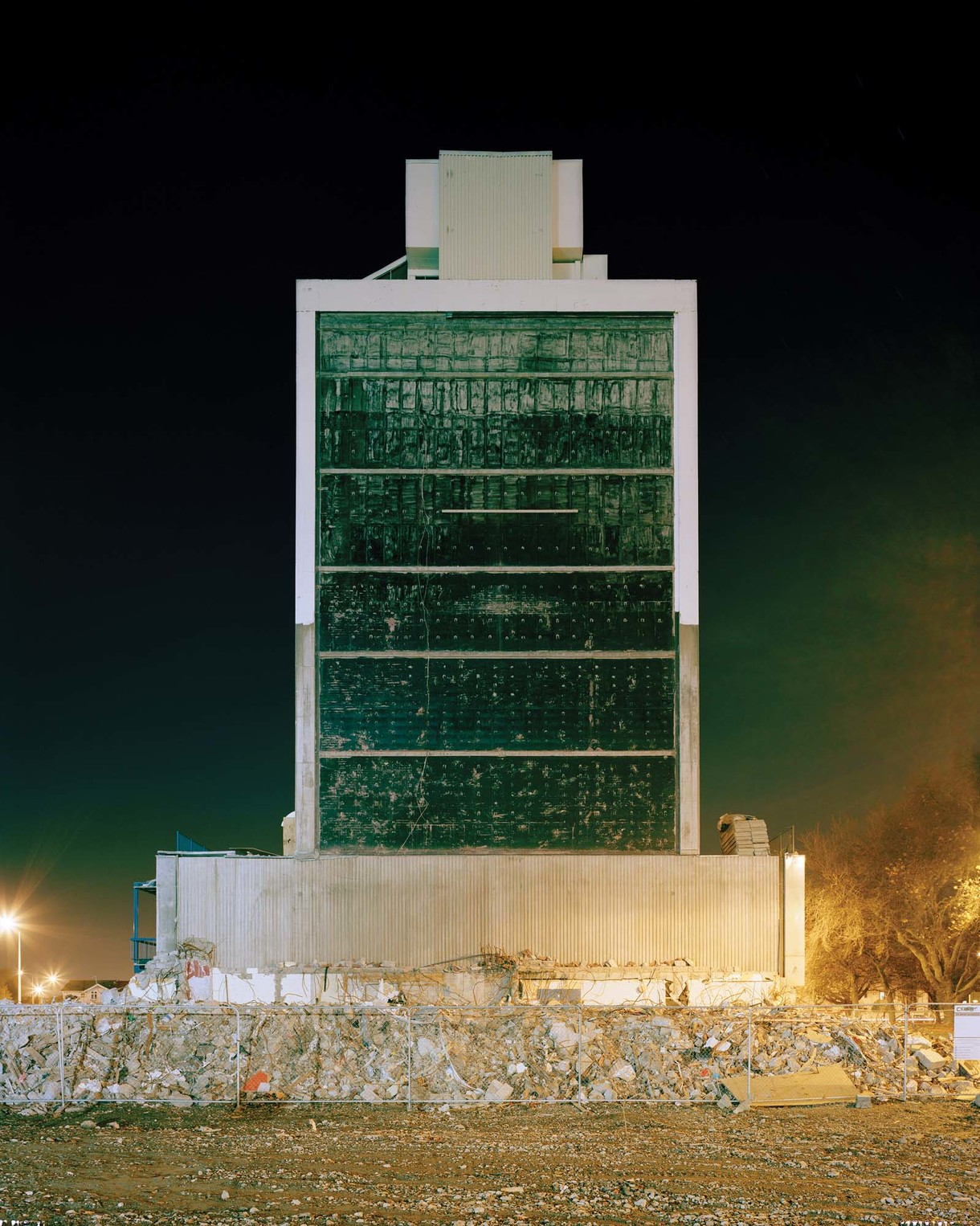
City of Shadows and Stories
If cities are the ground into which we plant stories, the soil of Ōtautahi – later Christchurch – is undergoing a protracted tilling season. Five years is a long unsettlement in human terms; on a geological (or indeed narratological) scale, time moves more gradually. Christchurch exists today as a rich aggregation of narratives, propping up physical edifices of crumbling stone and cardboard.
Article
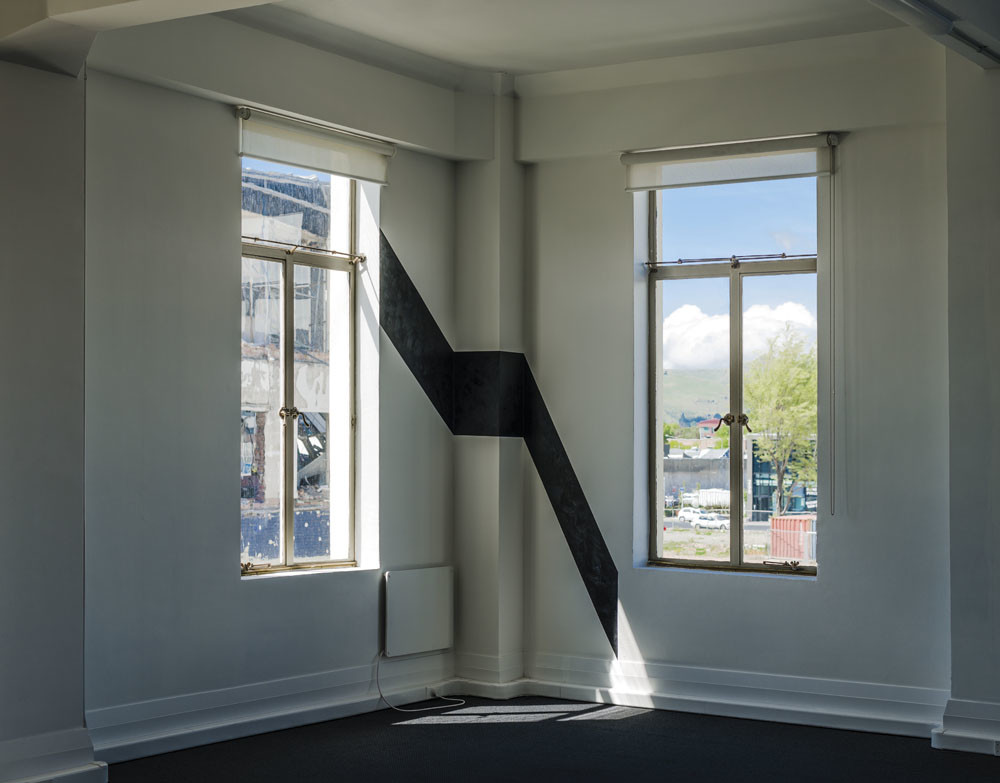
Shifting Lines
It's where we live: the encrusted surface of a molten planet, rotating on its own axis, circling round the star that gives our daylight. Geographically, it's a mapped-out city at the edge of a plain, bordered by sea and rising, broken geological features. Zooming in further, it's a neighbourhood, a street, a shelter – all things existing at first as outlines, drawings, plans. And it's a body: portable abode of mind, spirit, psyche (however we choose to view these things); the breathing physical location of unique identity and passage.
Article
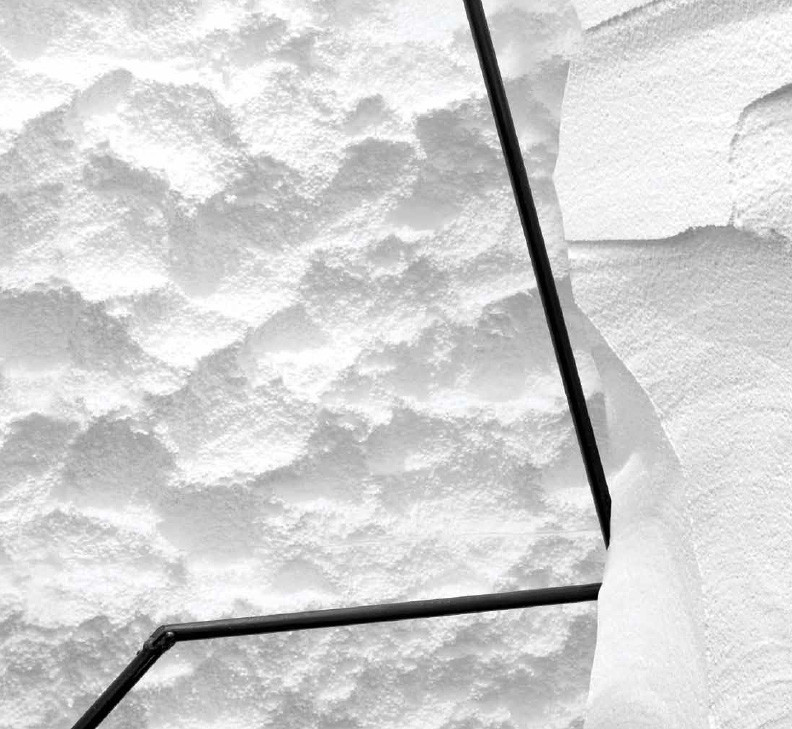
De-Building
For many passers-by, Christchurch art Gallery is identified by its dramatic glass façade—the public face it presents to the world. but De-Building is an exhibition that offers a very different view. bringing together the work of fourteen artists from new Zealand and farther afield, this group exhibition draws inspiration from the working spaces gallery-goers seldom see: the workshops, loading bays and back corridors; the scruffy, half-defined zones.